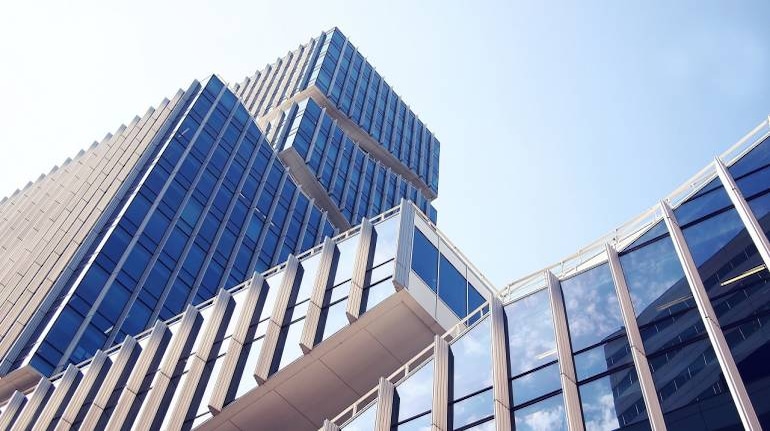The office, as we know it, is not going anywhere, because there’s value to people sharing space for a common purpose, but COVID-19 is likely to change its design, scope, and the idea itself
As the lockdown was eased and workplaces opened up with new protocols of seating, interaction and cleanliness, smaller teams across Mumbai’s many offices got down to a task critical to the bottom-line in these times — rationalisation of office space and renegotiation of rents. It’s the same in other cities across India where demand for office space was booming till COVID-19 struck earlier this year.
Opening up offices in times of the virus has meant pandemic-proofing of these spaces. However, the most fundamental COVID-19-driven change in the long term will not only be in the design of the office but the idea and scope of the office itself, as planners and architects aver.
With work-from-home during the lockdown revealing that many job functions can be carried out from outside-the-office without greatly hampering output, and employees rooting for remote work to avoid crush load commuting to work and back, companies are re-examining and rationalising their need for office space at high rents in business districts across cities.
McKinsey research in the United States through the COVID-19 months revealed that “80 percent of people questioned reported that they enjoy working from home, 41 percent said they are more productive than they had been before, and 28 percent that they were as productive”. Reliable parallel studies in India are hard to come by, but anecdotal evidence shows a similar trend. Companies wonder whether large office spaces with attendant liabilities must be maintained, especially during the pandemic-related restrictions and downturn in business. Many are re-assessing their real estate strategies.
As a consequence, rental value of office spaces has begun to take a hit. Across Mumbai’s business districts, realtors speak of a decline in rents negotiated last year; the only exceptions being high-end or ultra-luxe commercial places whose supply is restricted. It’s reasonable to expect a nominal five percent to a real 20 percent decline in rents, realtors said. Reports from other cities are no different. Net office space leasing across seven major cities declined 30 percent during January-March, said property consultant JLL India in a report. It must have worsened since.
This puts the office leasing sector, booming till January, into a quandary. Property consultants such as CBRE, Knight Frank and JLL India had shown a happy spike of 25 percent to 40 percent in office space leasing last year with a gross 60 million sq-ft across nine cities including Mumbai, NCR, Bengaluru and Hyderabad. The buoyancy in the sector was expected to hold through 2020 — till the virus struck. The downturn started in January-March could get worse before it gets better as companies review the idea of an office itself.
Does this mean the death of the office? That’s a fantasy. Remote work and work-from-home are not suitable for all job functions in an organisation. Besides, even if they do not adversely impact productivity, employees have felt disconnected and isolated working from home during lockdown.
Also, as behavioural experts have pointed out, people adapted to remote work — and quickly too — because they had social capital carried over from the workplace; they knew one another. As months roll by and new people join or new activities commence, employees could more acutely feel the downside of remote work.
The office, as we know through the last two centuries, is not going anywhere because there’s value to people coming together in a physical space for a common purpose, there’s human interaction beyond the demands of the workplace, there’s an office culture and camaraderie even if it sometimes gets vicious. Few would be willing to trade all these away and settle down long-term remote work from their kitchen tables, beds, and window sills.
However, the office as we have known it in the last few decades, could well change. The post-pandemic office, at least till vaccine is widely available, may not be a gargantuan space with hundreds clocking in and out a day. A post-pandemic design will evolve but it would have to incorporate certain changes — from re-evaluating and re-modelling the open office to placing health and hygiene at the centre of workplace design which had not happened so far.
Urban planners and architects have begun weighing in on these, but they lie some distance away in the future. The immediate and urgent issue remains its cost to the company. This means that office rentals are likely to be volatile for a while.
(This is the second of a two-part series on office and work during COVID-19)
Smruti Koppikar, a senior Mumbai-based journalist and urban chronicler. Views are personal.WEBINAR: Tune in to find out how term insurance can provide risk protection during tough times. Register Now!















